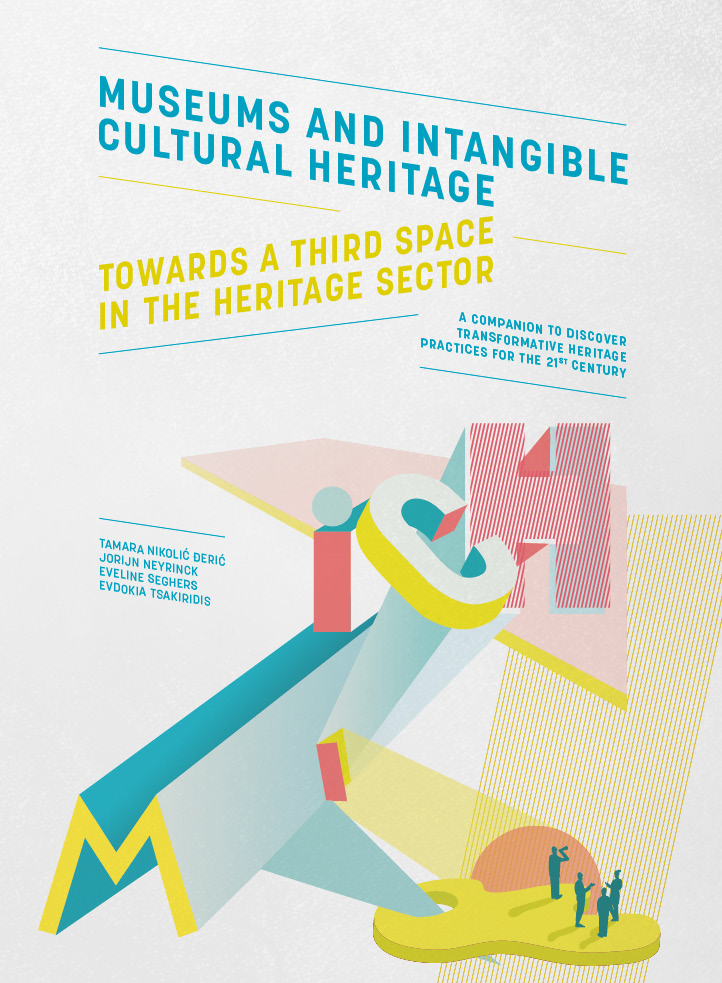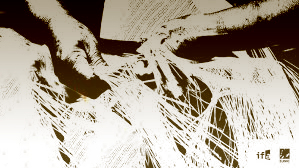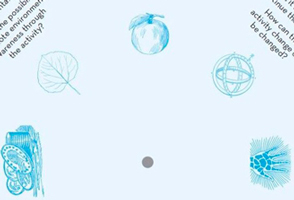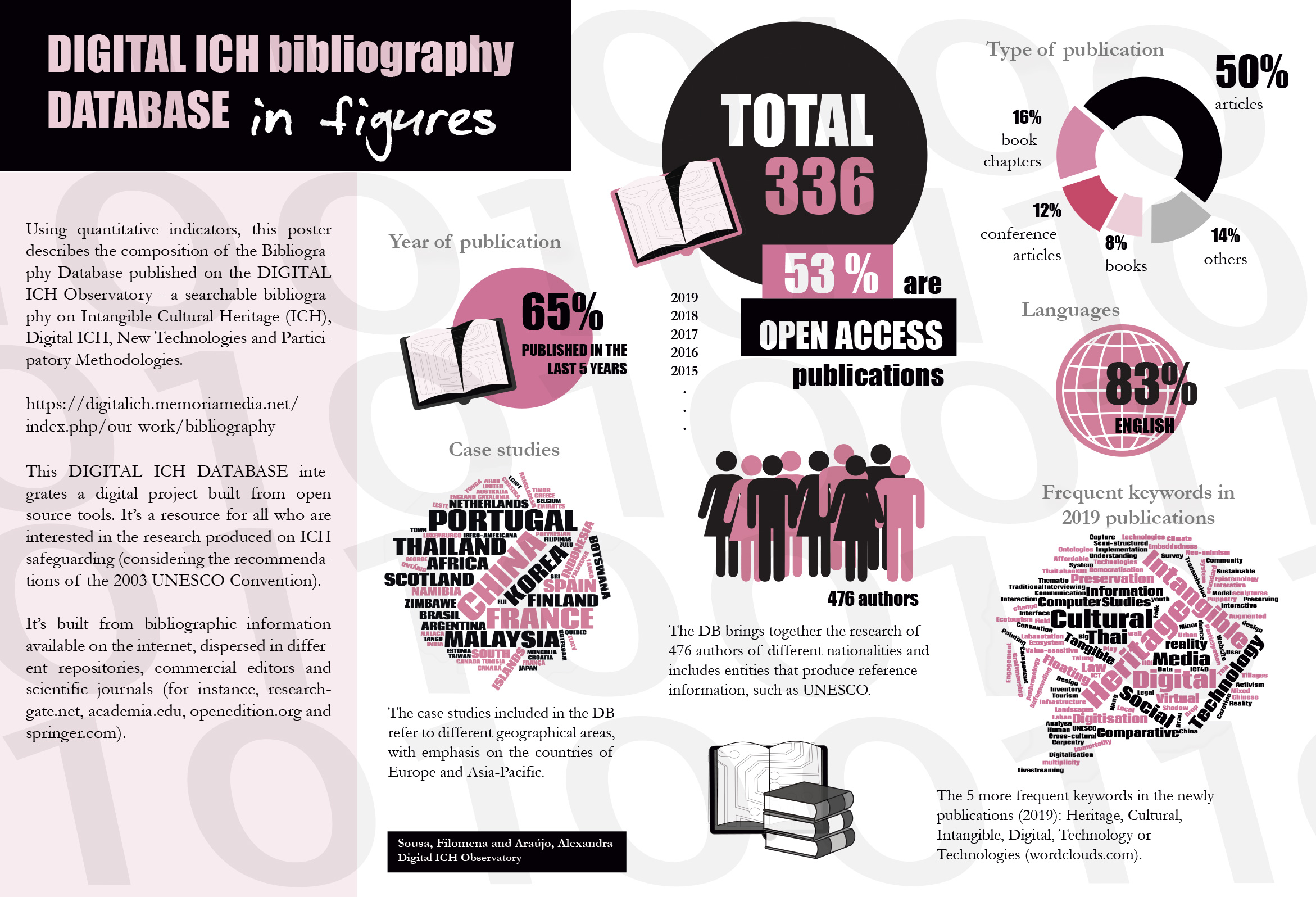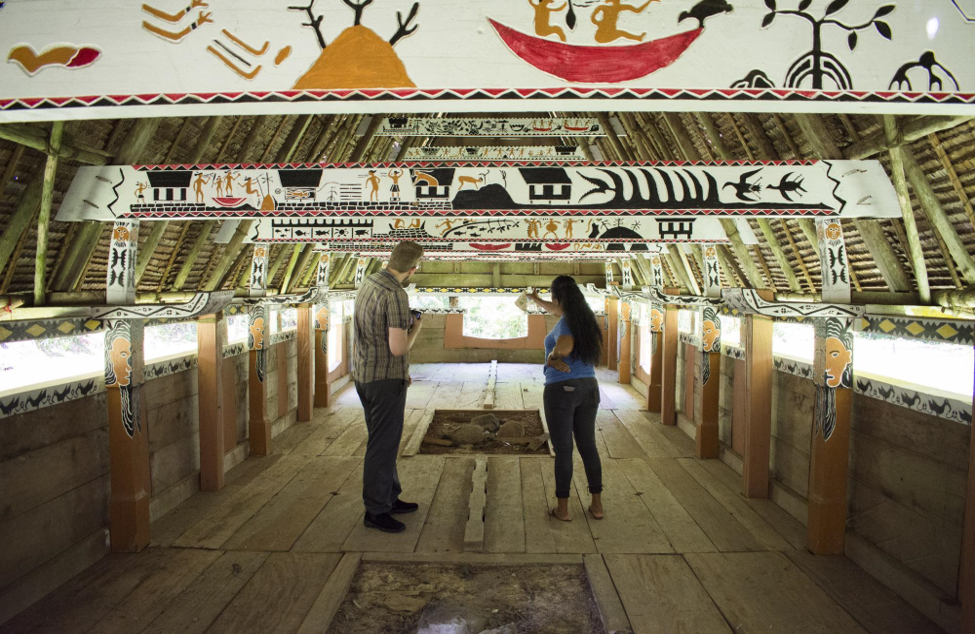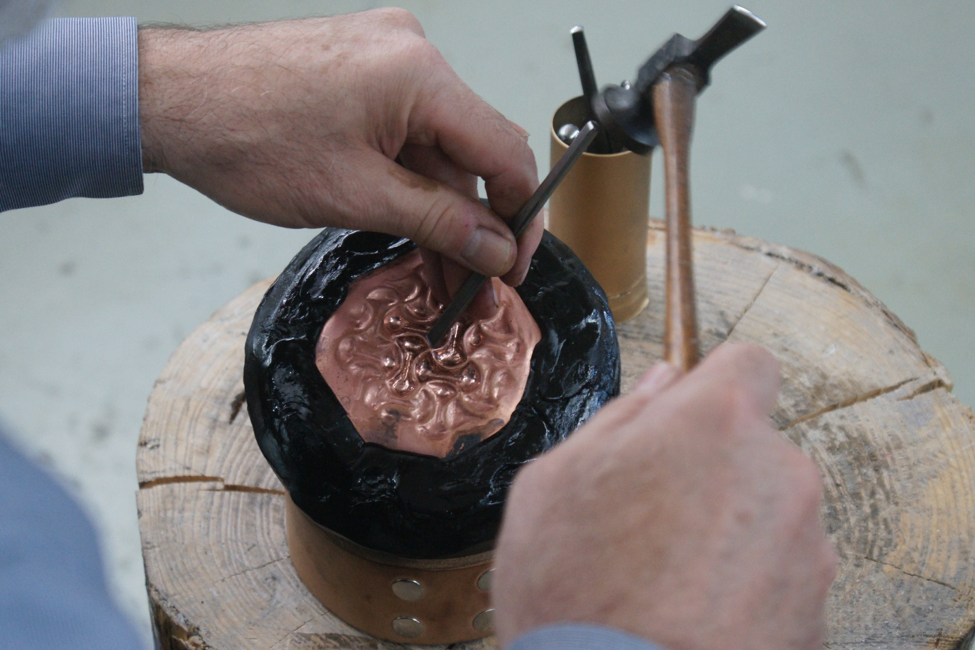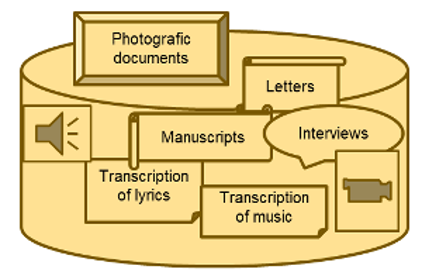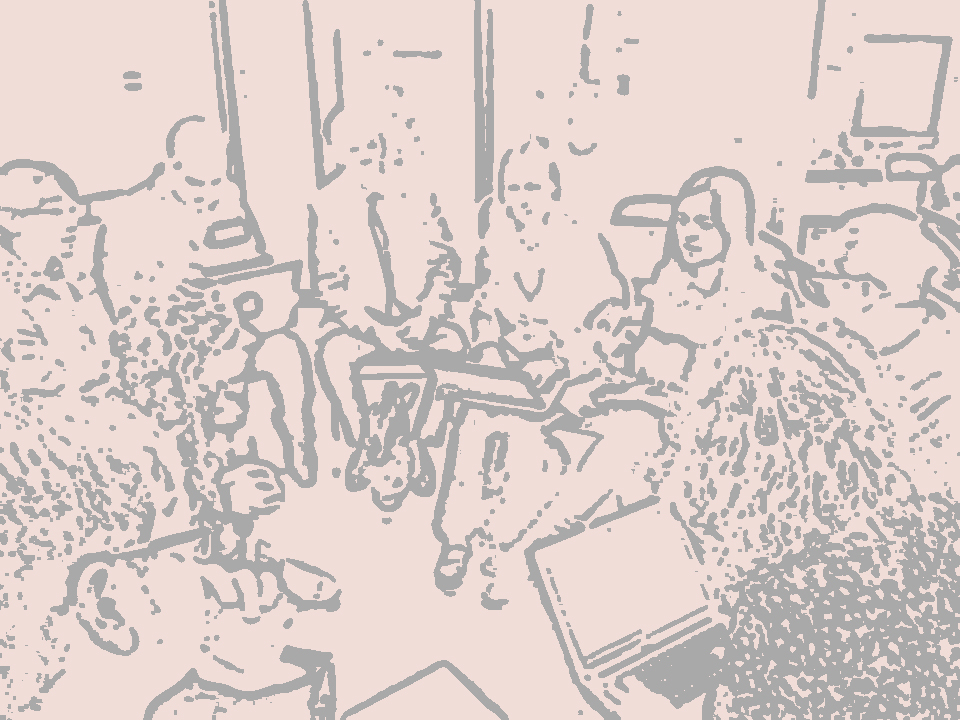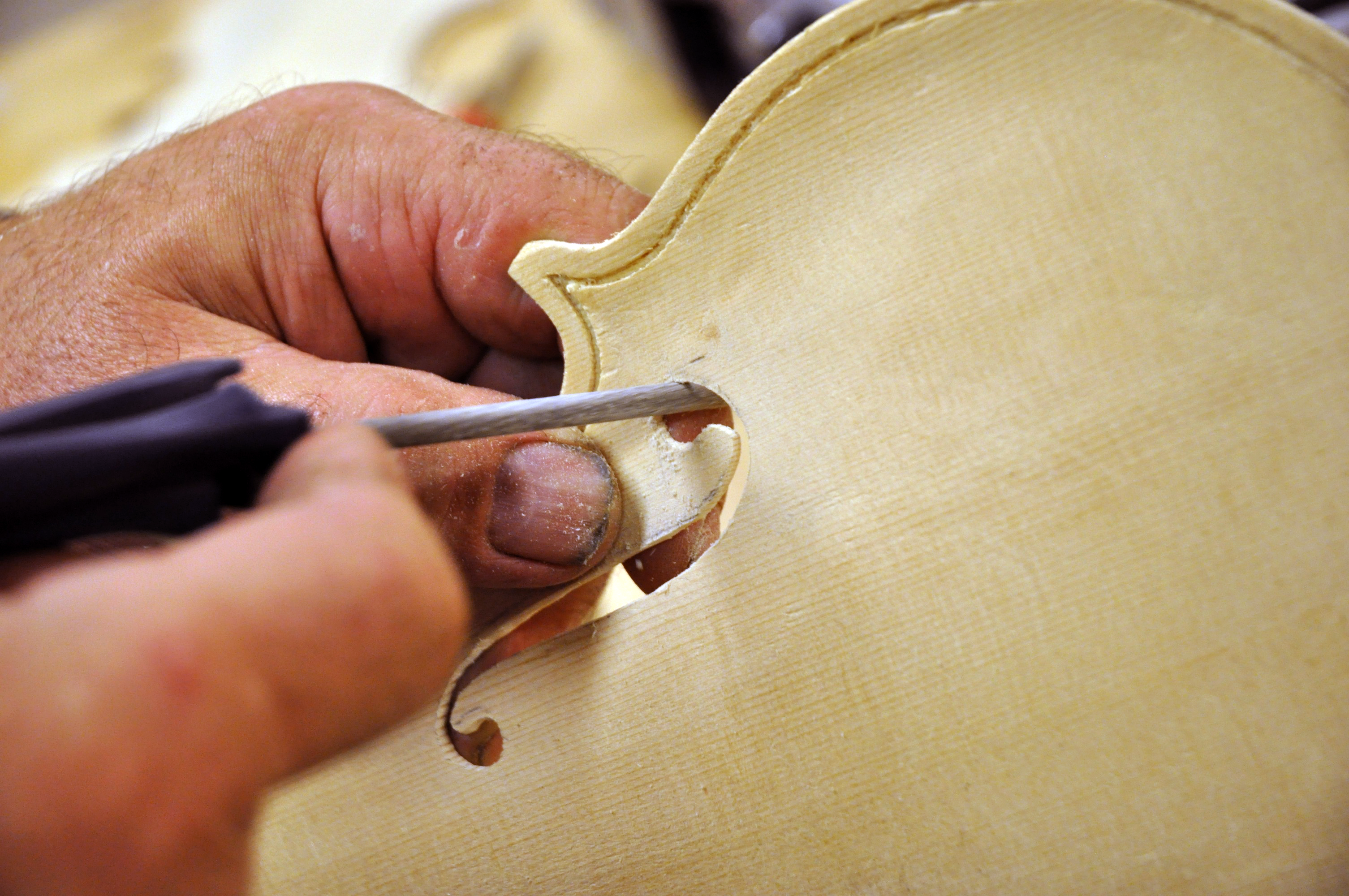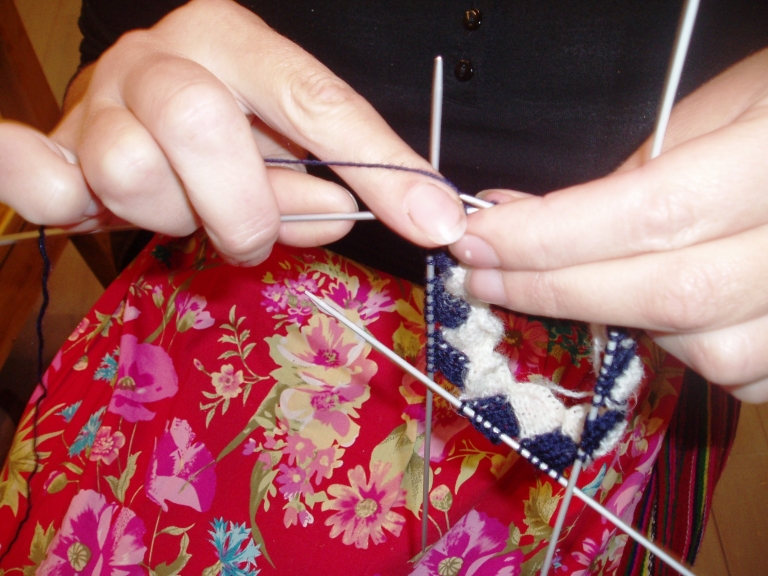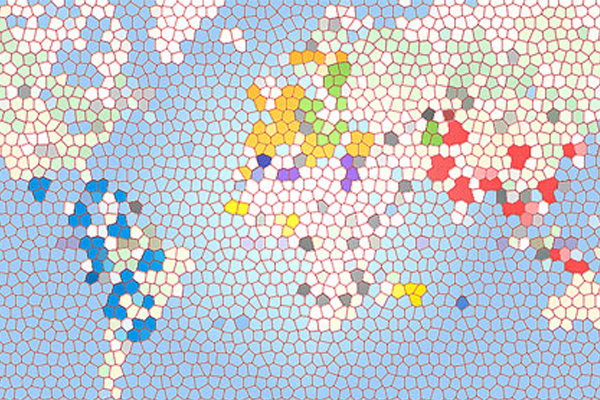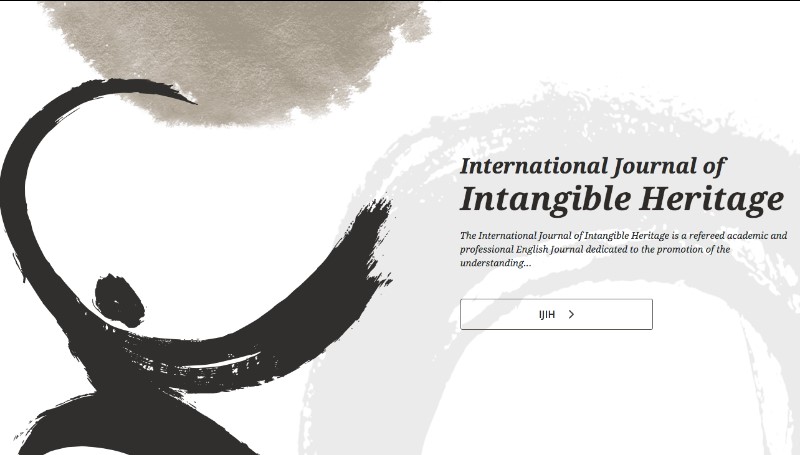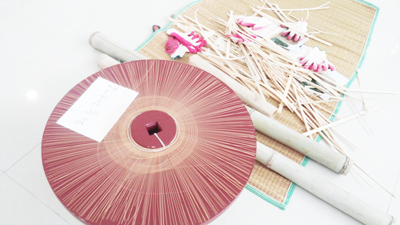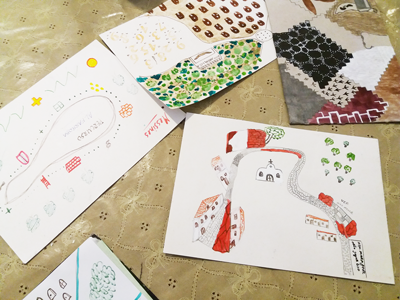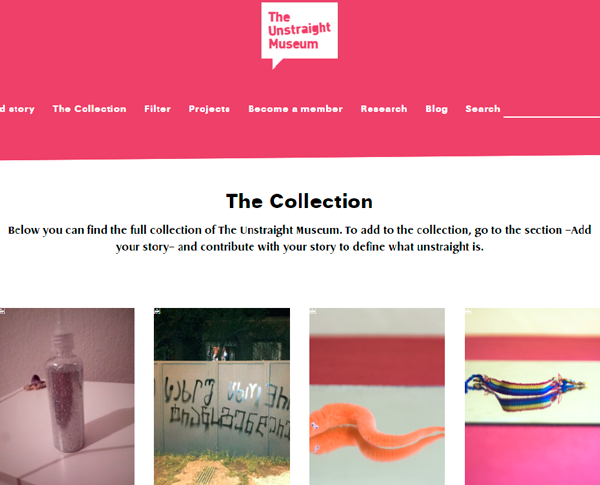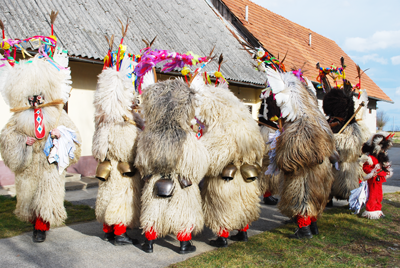............
Between May and June 2020, the DIGITAL ICH Observatory conducted the survey "Inventories & Intangible Cultural Heritage (ICH)". With this data we intended to analyse the practices and opinions of users of ICH Inventories. (...)
Photo: Acásio Farinha - naval carpentry master - Sesimbra
© MI/Digital ICH Observatory
(participation)
............
Interview by Tamara Nikolic Deric in Museums and intangible cultural heritage: towards a third space in the heritage sector. A companion to discover transformative heritage practices for the 21st century (Bruges 2020), pp32-35, IMP - Intangible Cultural Heritage & Museums Project.
Photo © IMP - Intangible Cultural Heritage & Museums Project.
............
"Interview" by Jessika Eichler in Intangible Cultural Heritage under Pressure? Examining Vulnerabilities in ICH Regimes - Minorities, Indigenous Peoples and Refugees. Institut für Auslandsbeziehungen. Stuttgart. ifa Edition Culture and Foreign Policy.
Photo © ifa
Lorena Sancho Querol
............
Intangible Cultural Heritage: Wheel chart of sustainability. Portuguese version, 2020. Reviewed by Filomena Sousa and Lorena Sancho Querol.
Developed by the project "Northern Dimension Partnership on Culture: Creating New Practices of Sustainability". Finnish Heritage Agency (Leena Marsio), the Arts Promotion Centre Finland (Antti Huntus, Aura Seikkula), Future Research Centre / University of Turku (Katriina Siivonen), The Association for Cultural Heritage Education (Ira Vihreälehto and Hanna Lämsä), Finnish Folk Music Institute (Matti Hakamäki) and Humap (Vesa Purokuru)
Photo © ifa
............
Under the project Digital Cultural Heritage - Platforms and Inventories of the Intangible (DCHPII) - theoretical and practical research has been conducted on the inventorying of Intangible Cultural Heritage (ICH) and on the treatment of ICH cultural expressions on digital platforms. This is the report of the work carried out between 2016 and 2019.
Photo © Memória Imaterial
............
Heritage Crafts (HCs) involve tangible craft artefacts, materials, and tools and encompass traditional craftsmanship as a form of Intangible Cultural Heritage. Intangible HC dimensions include dexterity, know-how, and skilled use of tools, as well as identity and traditions of the communities in which craftsmanship is, or was, practiced.
Photo © Mingei project / Memória Imaterial edition
Alexandra Araújo
............
Using quantitative indicators, this poster describes the composition of the Bibliography Database published on the DIGITAL ICH Observatory - a searchable bibliography on Intangible Cultural Heritage (ICH), Digital ICH, New Technologies and Participatory Methodologies.
Photo © Memória Imaterial CRL
............
The effects of climate change and globalization are few reasons Pacific Island nations migrate elsewhere and seek better living standards and opportunities. IAP aims to use its platform as a way for communities to preserve and safeguard their cultural heritage.
Photo © Diliaur Tellei
............
The intangible heritage of crafts and old techniques is often very threatened because the small pool of people still working on them in our industrialized society is diminishing. Documenting their techniques and practical knowledge is therefore an improved step in safeguarding this heritage.
Photo © ETWIE
............
In April 2019, Quebec province government (Canada) has launched a network of Digital Cultural Development Agents (DCDA). These 47 agents are employed by 56 national, sectorial and regional cultural organizations, funded by the Ministry of Culture and Communications.
Photo © Charles-Étienne Brochu.
............
By applying qualitative and quantitative approaches, this research has investigated the impact of digital technologies on the transformation and promotion of Emirati intangible cultural heritage as well as the impact of intangible heritage on the way digital technologies are used by Emirati people.
Photo © El-Sayed El-Aswad
Isabella Gagliardi
............
The 2003 Convention for the Safeguarding of the Intangible Cultural Heritage led to a proliferation of ICH websites on dialects, music, dance, traditional customs, knowledges, and other cultural expressions. These great number of websites, together with the impossibility to navigate and search them altogether, is the starting point of QueryLab...
Photo © QueryLab
............
The aim of this book is to understand if the participatory methodologies are being applied in the safeguarding of Intangible Cultural Heritage (ICH). If it is possible to identify problems, advantages, good practices or clues that support new and more effective participatory techniques.
Photo © Memória Imaterial
............
This issue of MEMORIAMEDIA Review was dedicated to "e-Inventories of the Intangible Cultural Heritage". We highlight here the article of Aura Kivilaakso and Leena Marsio on the Wiki- inventory of Finland.
The MEMORIAMEDIA Review 1 was produced in the framework of the DCHPII project - Digital Cultural Heritage: Platforms and Inventories of the Intangible.
Photo Arbete med dekorationerna © Susanna Ånäs
............
The MEMORIAMEDIA Review is dedicated to promoting, communicating and documenting projects, studies and archives of Intangible Cultural Heritage. Here we call attention to the article of Epp Tamm about the Estonian ICH inventory.
This issue of the Review was produced in the framework of the DCHPII project.
Photo Lapilise kindavarre kudumine © Kihnu museum
............
The Map of e-Inventories of Intangible Cultural Heritage presented in this paper enables direct access to nearly 160 e-inventories. This paper presents a preliminary analysis of the data that characterise these inventories and calls for the participation in the review and update of this mapping.
Photo © Memória Imaterial
in IJIH
............
This publication examines the issue of participation by communities, groups and individuals (CGIs) in the recognition and safeguarding of intangible cultural heritage, approaching this key theme from multiple directions. The author argues that the 2003 UNESCO Convention for the Safeguarding of the Intangible Cultural Heritage changed the narrative around intangible cultural heritage
Photo ©IJIH
in Memoriamedia review 3
............
In the publication reviewed, Filomena Sousa states that the analysis of nearly 160 Intangible Cultural Heritage e-inventories led her to write this book. This analysis showed that only 22 inventories announced the use of participatory and collaborative techniques, a result that activated the need of having a broad picture of these methodologies’ applications.
Photo © Memória Imaterial
............
The issue 3 of MEMORIAMEDIA Review was dedicated to "Participatory Methodologies and Intangible Cultural Heritage". Here we draw attention to the article of Ricardo Lacerda about the collaborative indigenous cinema of Video nas Aldeias.
The MEMORIAMEDIA Review 3 was produced in the framework of the DCHPII project.
Photo Still from Tava, A Casa de Pedra © Video nas Aldeias
............
This article introduces the classification established by Korea’s ICHpedia for users involved in the inventorying of intangible cultural heritage with Web 2.0 instruments.
The MEMORIAMEDIA Review 3 was produced in the framework of the DCHPII project.
Photo © ICHPEDIA
............
This article introduces Serious Games as heritage mediation tools that favour the processes of identification, enhancement and transmission of the Intangible Cultural Heritage (ICH).
The MEMORIAMEDIA Review 3 was produced in the framework of the DCHPII project.
Photo Yong’s China Quest Adventure © My Learning
............
Drawing from his experience working at the Dutch Centre for Intangible Cultural Heritage, the author shares examples of ICH participatory research in the Netherlands.
The MEMORIAMEDIA Review 3 was produced in the framework of the DCHPII project.
Photo © Dutch Centre for Intangible Cultural Heritage
............
Identifying intangible cultural heritage, cultural mapping is a powerful governance mechanism, involving communities in an emic process that determines the identity of a place. This article provides information on this methodology.
The MEMORIAMEDIA Review 3 was produced in the framework of the DCHPII project.
Photo © Sónia Cabeça
............
By analysing the value of diverse participatory models of crowdsourcing heritage in the UK and Sweden, Nina Jinks shows how a deeper analysis of user-generated content is, in itself, a sustainable safeguard to the practice of ICH management.
The MEMORIAMEDIA Review 3 was produced in the framework of the DCHPII project.
Photo © unstraight.org
............
During the implementation of the Convention in Slovenia, experts have been continuously faced with challenges. The question which interrelate all stakeholders is: “Who is the owner of the heritage, or rather, who owns the heritage?”. Issue handled and discussed in this article.
The MEMORIAMEDIA Review 3 was produced in the framework of the DCHPII project.
Photo © A. Pukl


